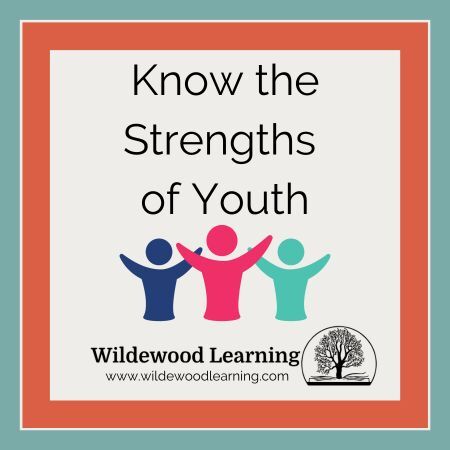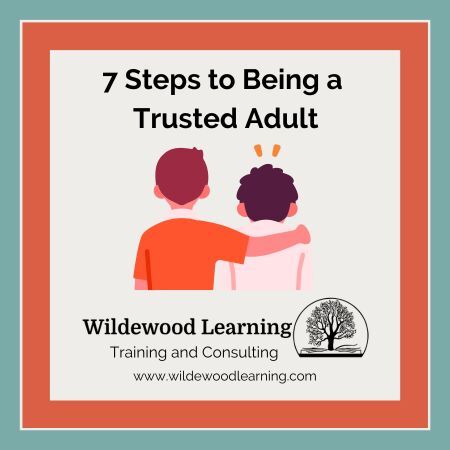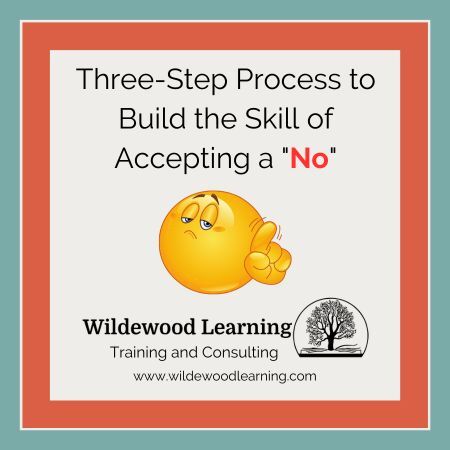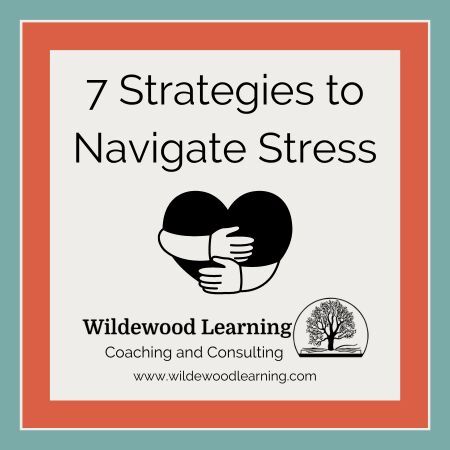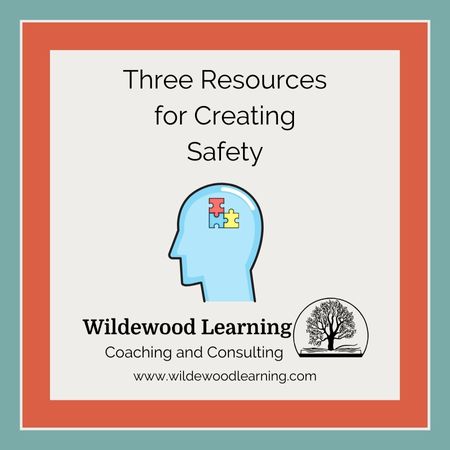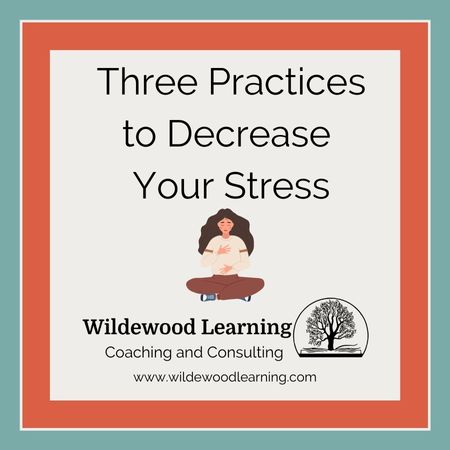Unwrapping Peace – Gift #4
The holiday season can be frantic for both adults and children. There are the usual day-to-day things: school, work, practices, and homework. Then add the school programs to attend, sporting events, holiday events, decorating, baking, and shopping; the to-do list can get pretty long! It can get overwhelming, and we all need to give ourselves a little grace during this time of the year.
Continue reading




